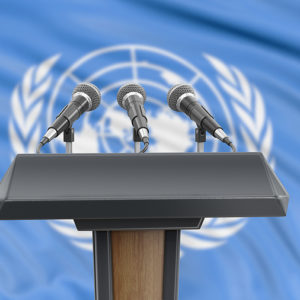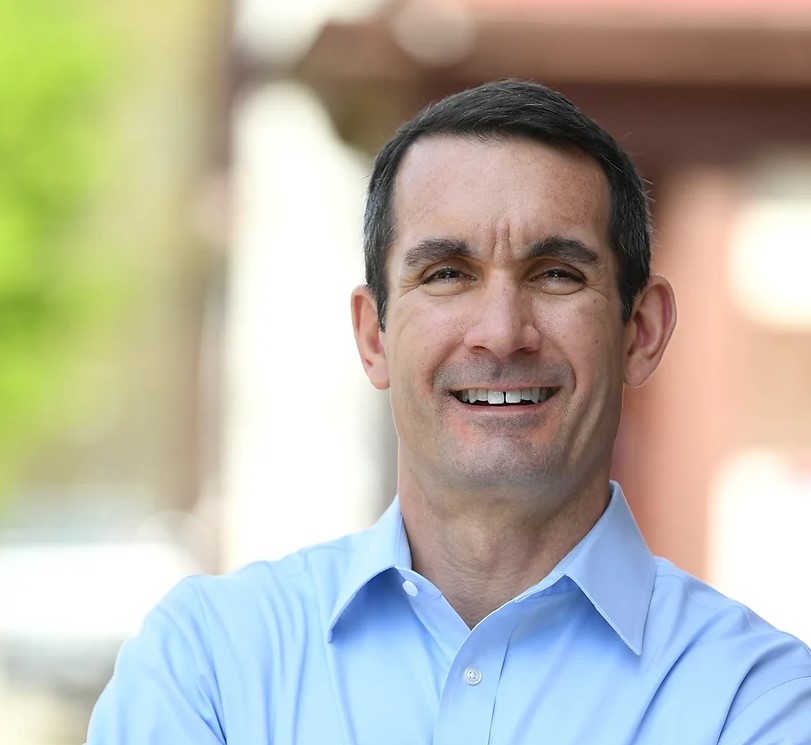Who decides what you hear about climate change? The United Nations wants to be the arbiter of what you are told is “true” on this crucial issue. The more that we examine this proposition, the scarier the concept gets. The UN has launched a global initiative called the “Global Initiative for Information Integrity on Climate Change” designed […]










